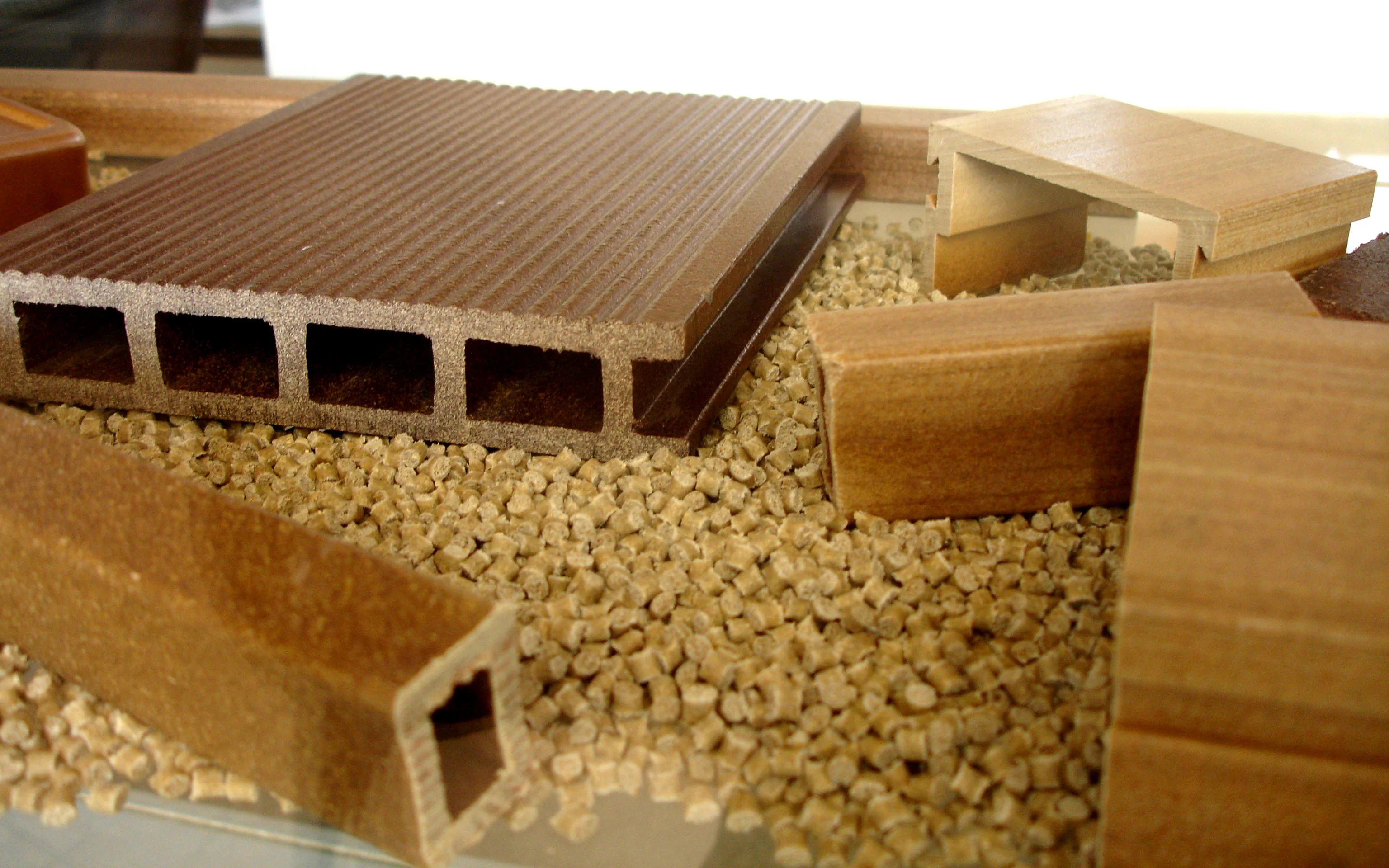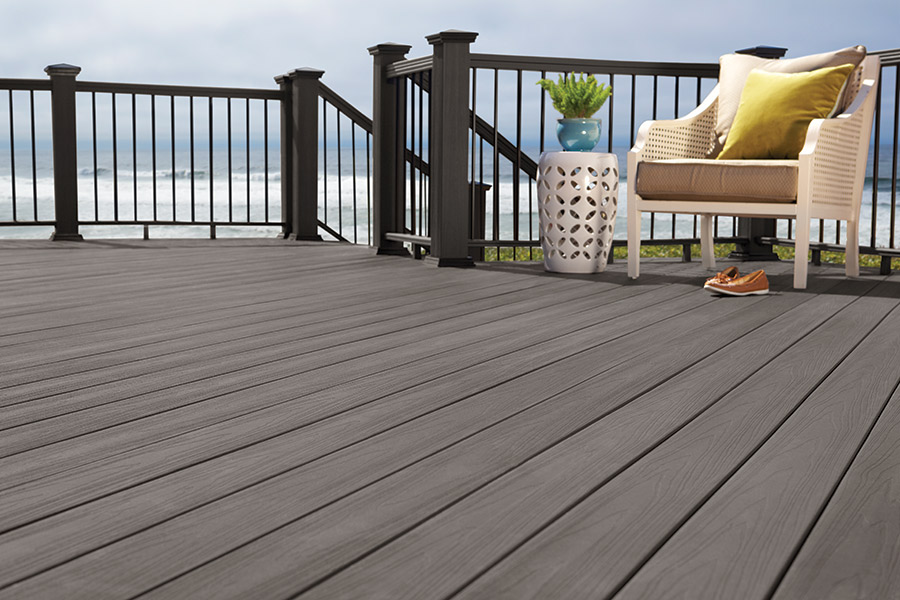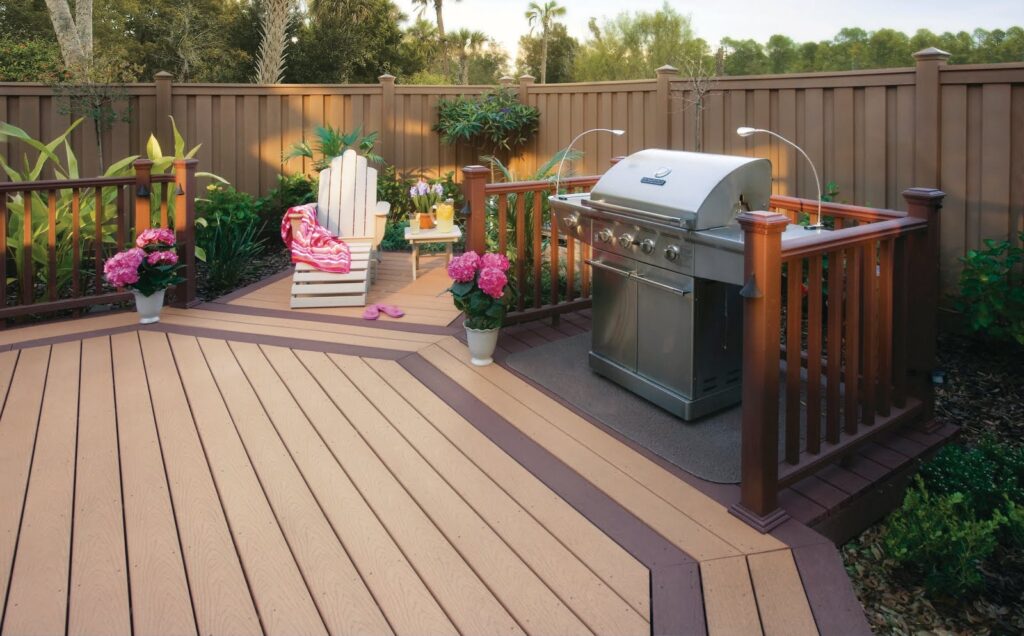Functional application of wood plastic materials
Thursday, July 13, 2023Wood-plastic composite materials and their products have excellent performance. With the deepening of research and market expansion, it is necessary to adopt new concepts and methods to guide its high value-added utilization in terms of material promotion, product development, and user experience. The functionalization of wood-plastic products can guide the material research and development link, directly link user needs with material research and development, make user experience more important, clarify the way of functional development of wood-plastic products, enrich the design space of products, and provide optimized products The method of experience, so as to promote the high value-added utilization and healthy and sustainable development of WPC products.

The ways to develop functional WPC products include formula system improvement, molding process improvement and secondary processing design. By adjusting the formula system, such as using different components, different proportions and different assembly sequences to realize the performance difference of materials; by controlling the molding process, the materials have different structures after molding, so that they have different physical and chemical properties; Through the secondary processing design, the product can have a new structural shape or function, such as making honeycomb micro-holes on the surface of the plastic-wood interior wall panel to enhance its sound absorption and noise reduction effect. Plastic wood is flammable, and the smoke generated by combustion can cause harm; the physical and mechanical properties of the material will decrease during long-term use; in addition, the biomass components in plastic wood materials will also make it subject to microbial damage, etc. These are all An important influencing factor that promotes the functionalization research and development of materials.

With the continuous increase of urban population, urban construction has attracted more and more attention. At present, the most advanced urban construction concept is green construction, that is, to combine urban construction with nature, so if wood-plastic composite materials are used to decorate the green plants in the city, this will be clearly reflected, because The earliest urban greening was decorated with materials such as limestone and ceramic tiles, which would appear very industrial. Considering the color of wood-plastic composite materials, different plants have different colors, so materials of different colors are needed for decoration. For example, darker green flowers and plants can be decorated with light-colored wood-plastic composite materials; while lighter-colored lilies can be decorated with darker-colored wood-plastic composite materials. Considering the combination of composite materials, different material connection methods achieve completely different effects. For example, it is connected with circular horizontal strip composite materials, leaving a certain gap in the middle. On the one hand, it can allow the plants to fully absorb oxygen; In addition to flower beds, trash cans are also a major hidden danger of urban greening. If an abrupt trash can is placed in the center of the city, it will damage the aesthetics. The use of plastic-wood composite materials can just solve this problem. The trash can made of wood not only caters to the main body of urban greening, but also the corrosion resistance of its plastic-wood composite material also ensures the durability of the trash can.
